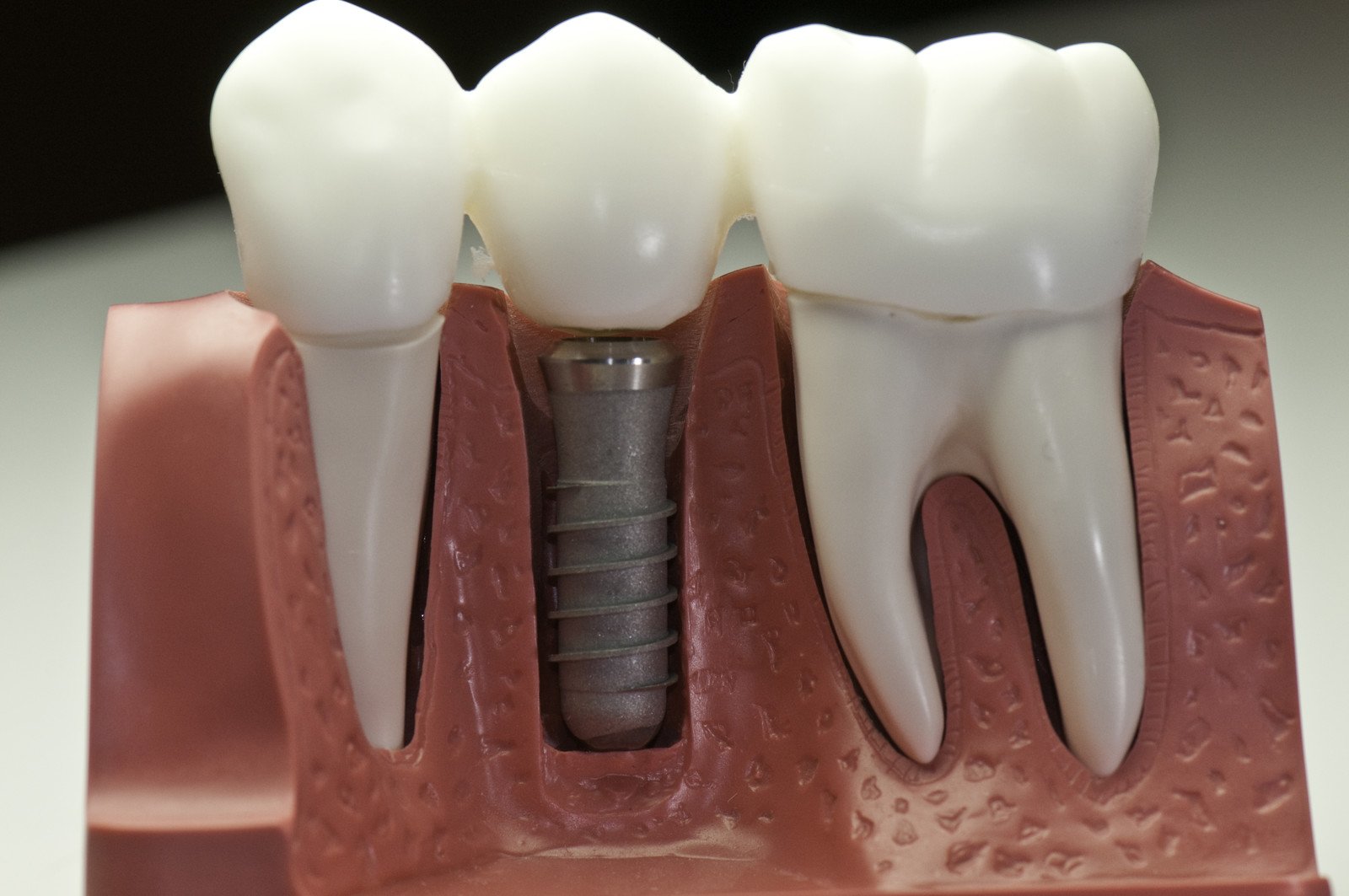
What are the Pros and Cons of Dental Implants?
What Are The Pros and Cons of Dental Implants?
Have you lost one or more teeth due to trauma, gum disease or decay? This is a common and inevitable issue patients encounter at one point or another. While dentures and fixed bridges are conventional treatment options, technological advances in the dental word have made dental implants increasingly popular. This treatment option replaces missing teeth and offers better aesthetics and improved chewing efficiency.
Why Do I Need to Replace My Missing Teeth?
When you lose a tooth, the bone surrounding the tooth begins to dissolve and disintegrate. Over time, the adjacent teeth can shift into the empty space, resulting in a bad bite. If you wait too long to replace missing teeth, it can prevent you from receiving dental implants or bridges because of this misalignment.
What are Dental Implants?
Dental implants replace missing tooth roots; they consist of titanium screws which are anchored to the jawbone. Once the dental implant is inserted into the jawbone, a tooth-colored dental crown is then placed on top of the implant.
A full coverage dental crown is used to restore a tooth that has a root canal, a very large fracture, or severe tooth decay. Dental crowns cover the entire surface of the tooth and protect it from additional wear and tear.
Dental crowns are typically made from porcelain or porcelain-fused-to-metal. They are designed to resemble the look and color of natural teeth.
How Long Will The Placement of My Dental Implants Take?
The placement of dental implants is a multi-step process, however, in some cases, it can be completed in a single step.
1. Before placing the dental implant, your dentist will review your medical history. He or she will also examine your bone quality and the condition of your adjacent teeth to determine if you are fit for this procedure. If you qualify as a candidate, an implant is screwed into your jawbone during the first surgery.
2. Once the dental implant is inserted into your jawbone, the osseointegration process begins which will take 2 to 6 months. This allows your dental implants to become a permanent part of your jaw.
3. During the second stage, an attachment is placed onto the implant. The attachment serves as an anchor for the crown which is placed next.
What are The Pros of Dental Implants?
• They preserve natural tooth structure: dental implants do not affect your adjacent teeth
• They are an alternative for patients who wear dentures: dental implants can be used for patients with loose dentures to provide better retention, stability, chewing efficiency, and comfort.
• They reduce bone loss: dental implants act like a natural tooth which means they also stimulate the jawbone.
• They improve chewing efficiency: dental implants improve chewing function especially when compared to fixed bridges and dentures. Unlike dentures, dental implants won’t shift or slip out of your mouth.
• They provide more natural and aesthetic results: not only do dental implants function the same way real teeth do, but they also look the same as real teeth.
• They are long lasting: dental implants are designed to last a long time. With proper care, dental implants can last for 25 years or longer.
What are the Cons of Dental Implants?
• Surgery complications: dental implants are a surgical procedure, which means the following complications can occur, bleeding, infection and nerve, sinus or nasal injuries.
• Bone loss: dental implants that become infected by bacteria can cause periimplantitis, a gum disease which can result in bone loss.
• Osseointegration failure: this can occur soon after the placement of the implants (early failure) or can occur later on (delayed failure).
• Cost: dental implants are higher in cost when compared to conventional bridges and dentures.


